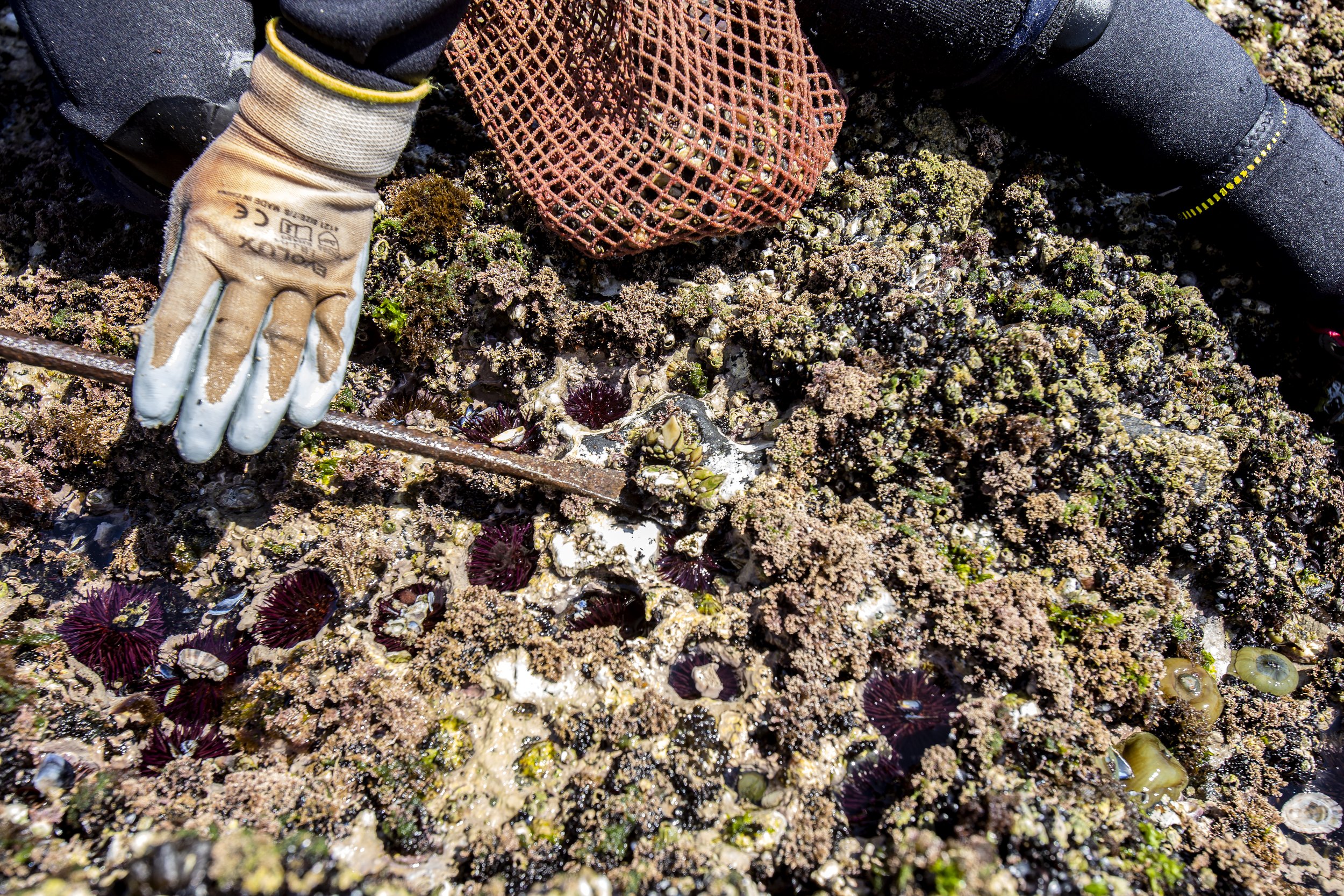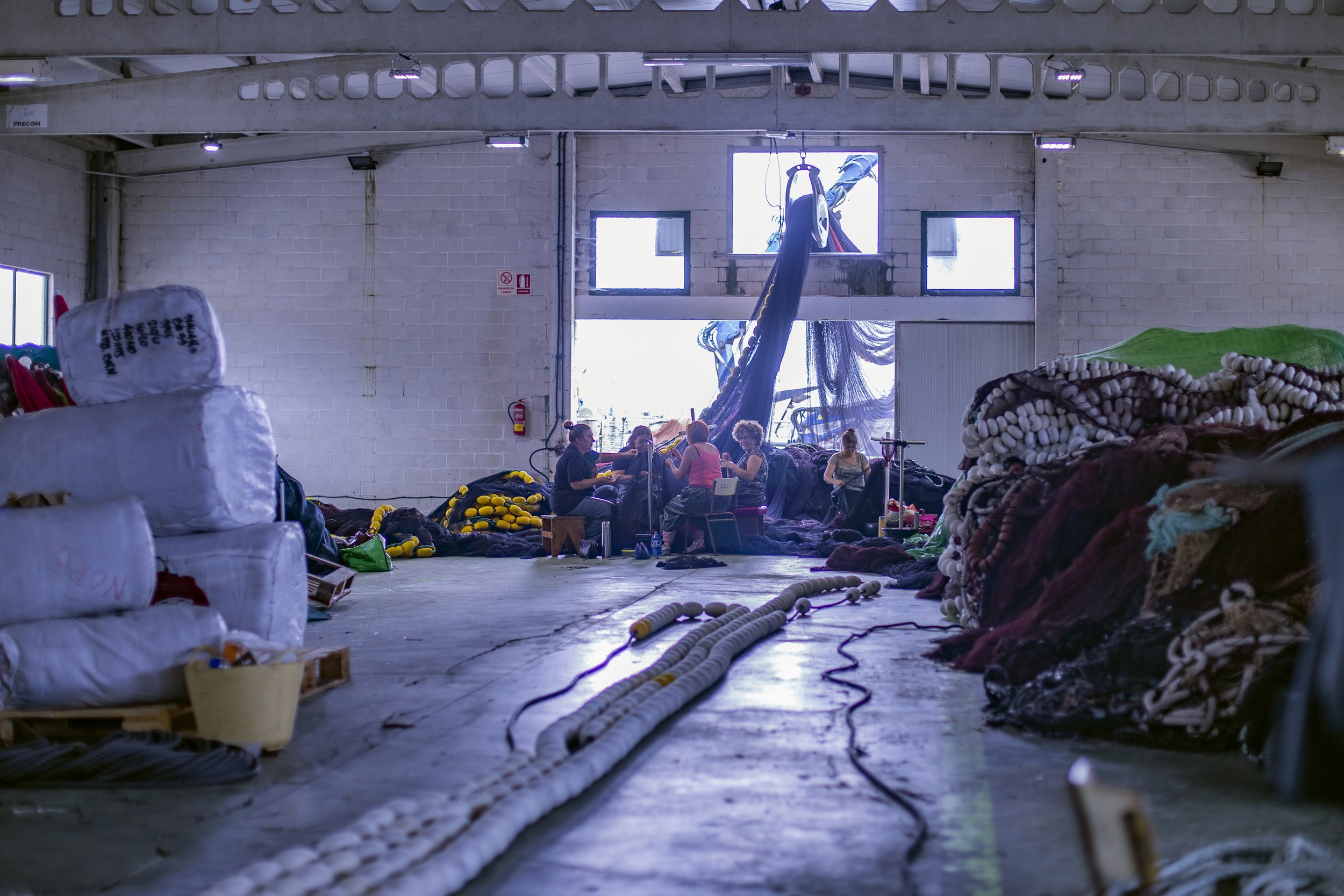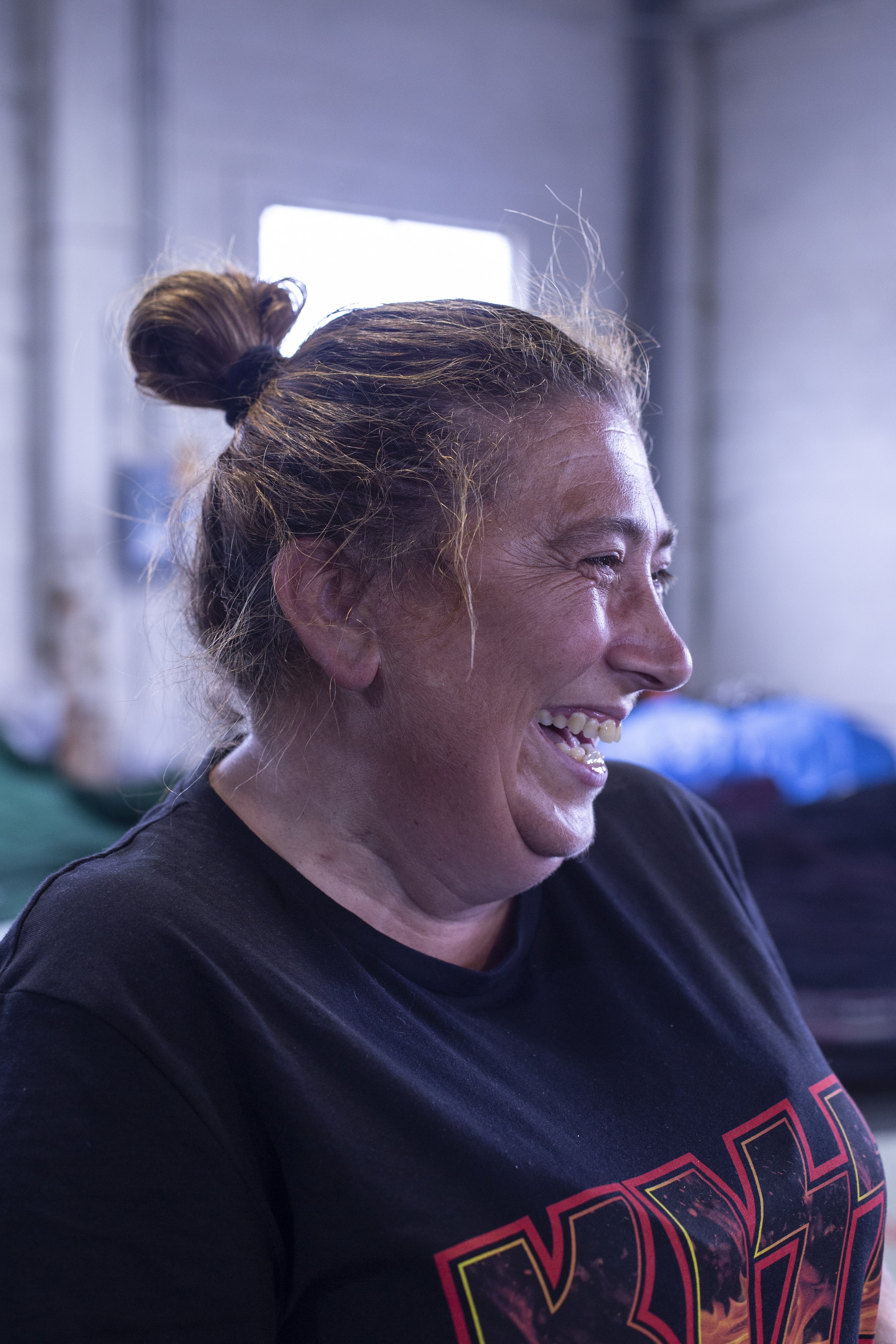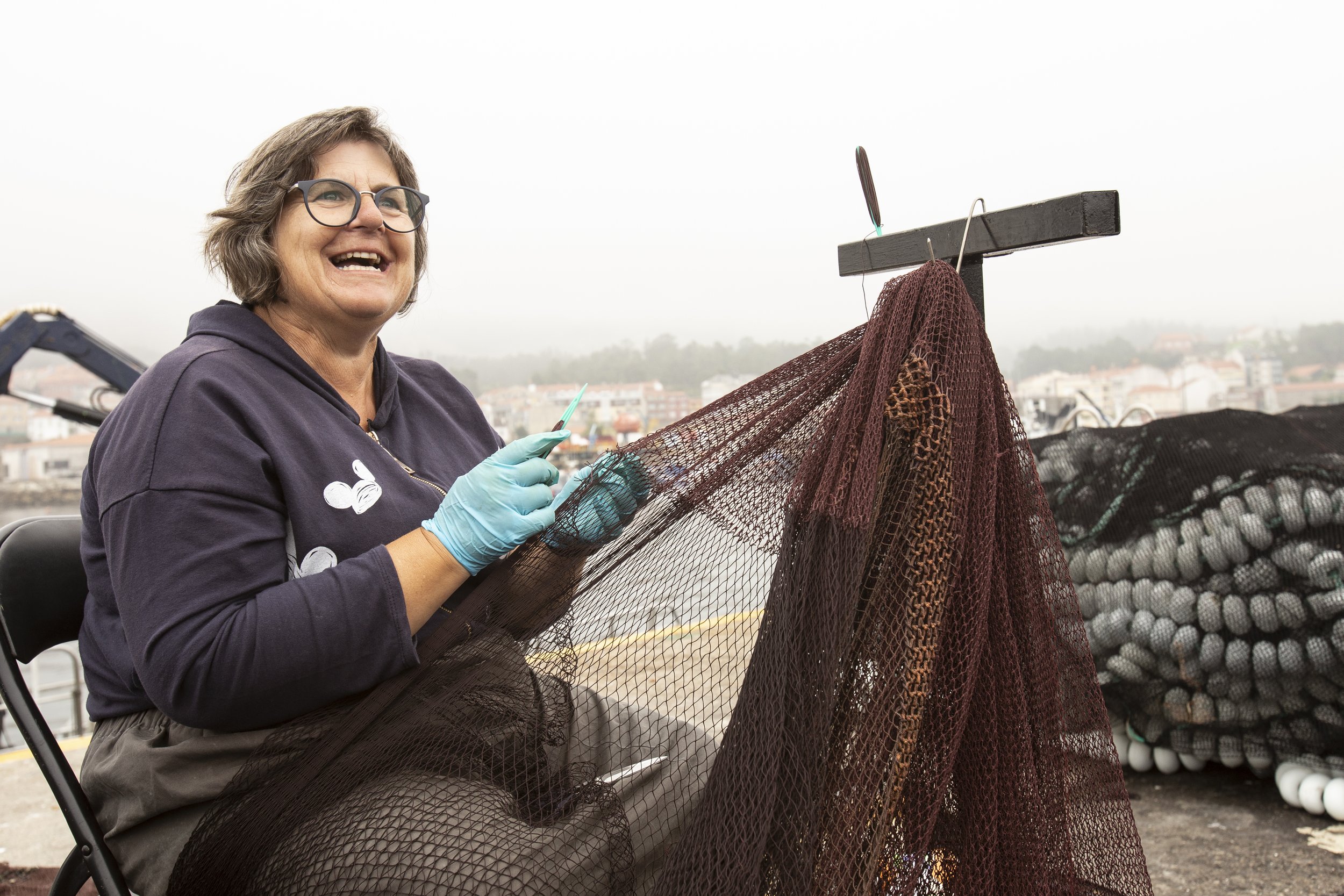Galicia: Women of the Coast

“But you’re a woman, are you brave enough?”
This was the question asked to me by a sailor in ‘Ribeira’ when I requested to board his boat to get some shots. I found it lingering in my head as I travelled on further away from my hometown to explore the unconventional roles of women in the Galician coast, located in the far north western corner of Spain on the Atlantic Coast.
I wasn’t overly surprised by this encounter. And yet, this was the same coastal area where I met Maria and her fellows percebeiras; powerful females who hunt for goose barnacles among treacherous rocks in low tide. I always thought this task was traditionally performed by men, owing it to them stereotypically being considered as having the required courage and strength to brace the waves and risk their lives amongst the rocks. Me and my camera lens followed these women, and gradually, we were exposed to the complexity of their lives. Little did I know of the power they had hidden under their sleeves and the daily battles they endured both within the sea, and at the land of northern Spain.
I witnessed an empowering sight of women prying goose barnacles with their hooks and jumping over the rocks while the dangerous sounds of crashing waves were in perfect harmony with their laughter as they clambered about telling jokes. Their traditional roles in their houses had to wait till the evenings, while they spent their days at the sea. This is when I realised how the notion of the sea being ‘physically demanding work that was beyond a woman’s strength’ was a hidden patriarchal mechanism that tied them to the land so they could comply to their daily domestic chores. When I continued my journey around the sea towards ‘Portosin’, I met a group of women who had perhaps adapted in accordance to these demands.
In Portosin, the old craft of stitching fish netting had been a traditional role for women since fishing boats exist. They are the so-called redeiras. Some of them had quit school at 14 to work in their family trade, and they were happy to do so. I sat with Ines, Celia, Ana, Carmen and Patricia in a sea of brown nylon. They were laughing away as they meticulously stitched fishing nets by hand. They were in a rush as a massive fishing boat was due to launch that evening. Yet this didn’t faze them, their nimble fingers continued to expertly thread the strands together. This was to ensure that the fishing crew would have a good yield at sea. The gendered division of labour was blatant and impossible to miss. While the men fished in the sea, the women stayed behind to look after the household and, when the boat arrived, they would fix and make the nets. And so, the working zones were strictly divided by cultural heritage; the sea was for men and the land for women.
“We have got many things, but we are still far from where we should be”
While walking through the foggy harbour, I listened the poignant and strong insights put forward by Carmen. Sitting among the nets while continuing to work, she explains how they are still fighting to be eligible to retire early; a right already held by some collectives in Spain such as bullfighters. She also told me that they are trying to raise awareness on the danger of catching some diseases through the activities they perform, such as rheumatism or arthritis. Carmen confesses to me how easy it would be to achieve all the improvements they are fighting for, had it been a male led sector. But it was not. At the heart of this fight were women like Carmen, who had grown to be frustrated by the lack of recognition given to their working conditions. We had an interesting conversation on how the world is designed by men and how it needs to be changed by and for women. The traditional division of labour had already driven some the women out of the sea, and now, they were struggling to get their voices heard on the land.
So I asked them; have things improved since? Fleeing from their prior invisibility, redeiras created organisations that fight for improvements of their working conditions, such as requesting indoor halls to carry out their work. Now, the redeiras of the entire Galician coast meet every year in an official gathering to discuss any new issues and goals they have for improvement and ultimately, they created the Galician Federation of craft ‘Redeiras’ in 2004.Wearing her gloves to avoid reacting to the nylon she is allergic to, Blanca tells me how now, people need the required certification to work as a redeira. Not only does this certification mean the professional recognition of the risks of their labour, but it also acts as a big step towards them being treated as an employee with a legal working status.
Women of the Galician coast seem to tolerate the Atlantic Ocean, and their overlooked rights on the land. Their future lies between the fog and dramatic waves of the coast, as they navigate their rights in this dangerous and fleeting landscape. That abyss of rational control is a compelling part womanhood in the Galician coast and they continue to be the driving forces in preserving their identity and community. Here, they have shown profound feminist struggles, autonomous to other parts of the world. While the percebeiras continue to break the norms of women not having the strength to deal with the sea, the redeiras fight for their working rights on the shores. I guess the men who asked me whether I was brave enough to ride on the boat represent the wet and slippery road that the women of the Galician coast have walked firmly to reach improvements.
Words and Photography by Laura Alex Esteban
Edited by Sheida Kiran











